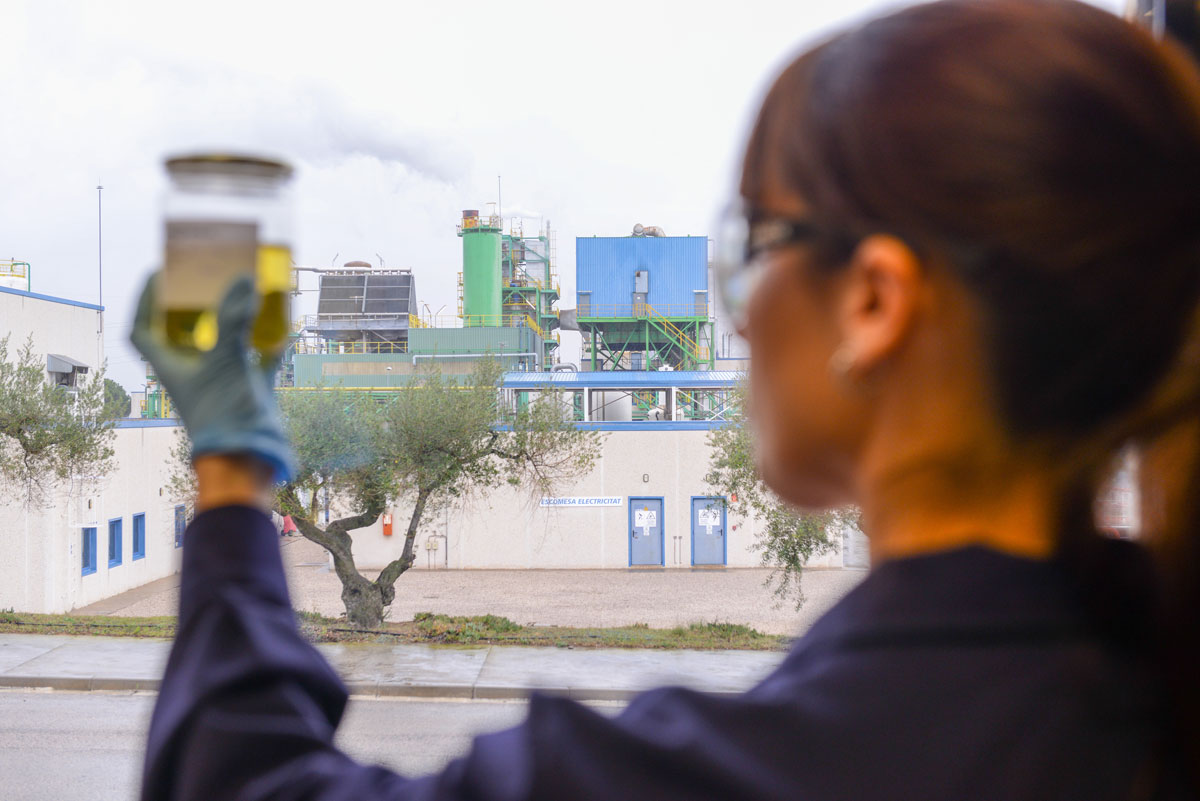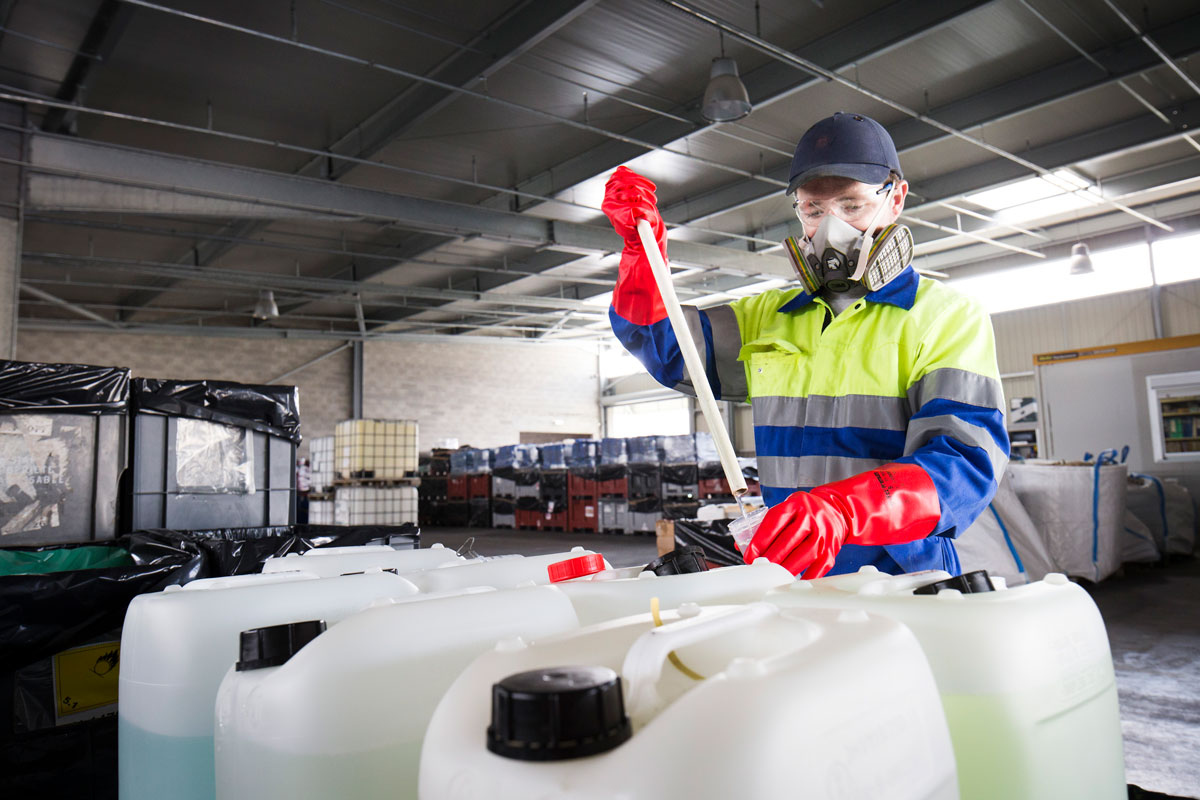Hazardous Waste Treatment

Examples of hazardous waste:
- used motor oils
- used acids
- used solvents
- paint sludges
- hydrocarbon tank bottoms
- obsolete pesticides
- toxic gas waste.
By law, ‘hazardous waste’ is any waste presenting one or more of the 15 hazard properties* listed in Annex III of the Waste Framework Directive 2008/98/EC.
It contains a wide range of hazardous substances, such as endocrine disruptors, persistent organic pollutants, substances with carcinogenic, mutagenic or reprotoxic effects, arsenic, mercury and other heavy metals, etc.
Hazardous waste can be liquid, solid, pasty, gaseous or powdery, have any pH, and are delivered in bulk or in any other type of packaging: drums, small containers, bottles, etc.
Virtually every human activity generates hazardous waste: industries, SMEs, craftsmen, local authorities, households, electrical contractors, eco-organisations, healthcare establishments, laboratories, waste collectors, sorting-transit-grouping platforms, as well as recovery, recycling, recovery and disposal activities and companies, contaminated site clean-up firms, etc.
Due to the special environmental and health risks it represents, hazardous waste must be treated using specific processes able to control these dangers and to destroy and/or extract the pollutants. For the same reason, hazardous waste management is subject to special regulations, and reinforced administrative controls (generation, storage, transport, treatment, cross-border transfer).
Hazard Properties
- HP 1 : Explosive
- HP 2 : Oxidising
- HP 3 : Flammable
- HP 4 : Irritant – skin irritation and eye damage
- HP 5 : Harmful
- HP 6 : Toxic
- HP 7 : Carcinogenic
- HP 8 : Corrosive
- HP 9 : Infectious
- HP 10 : Toxic for reproduction
- HP 11 : Mutagenic
- HP 12 : Release of acutely toxic gas
- HP 13 : Sensitising
- HP 14 : Ecotoxic
- HP 15 : Waste capable of exhibiting any of the above hazardous properties not directly exhibited by the original waste.

Hazardous waste, a mine of high added value materials
The hazardous nature of waste does not in itself prevent it from being recycled. However, if recycling is to be sustainable, the quality of the materials recovered from hazardous waste and that are used to produce new consumer goods needs to be ensured. The aim is to guaranty that the materials reintroduced into the recycling loop do not contain substances of concern exceeding the concentration thresholds set by the various existing regulations (REACH, POP, ROHS regulations, etc.).
HWE members therefore carry out decontamination before any material recovery from hazardous waste. They also dispose of the pollutants extracted during these operations in full compliance. When this decontamination is not feasible for technical or economic reasons, it is preferable from the point of view of health and environmental protection to eliminate the entire batch.
For example, when regenerating a used solvent, an average of 700 kg of solvent suitable for new use is produced. The 300 kg of residues remaining after regeneration are incinerated. The energy produced is recovered either in the form of heat or electricity. These examples illustrate that there can be no good recovery without good disposal. Disposal and recovery operations are complementary and not, as often believed, opposed.
